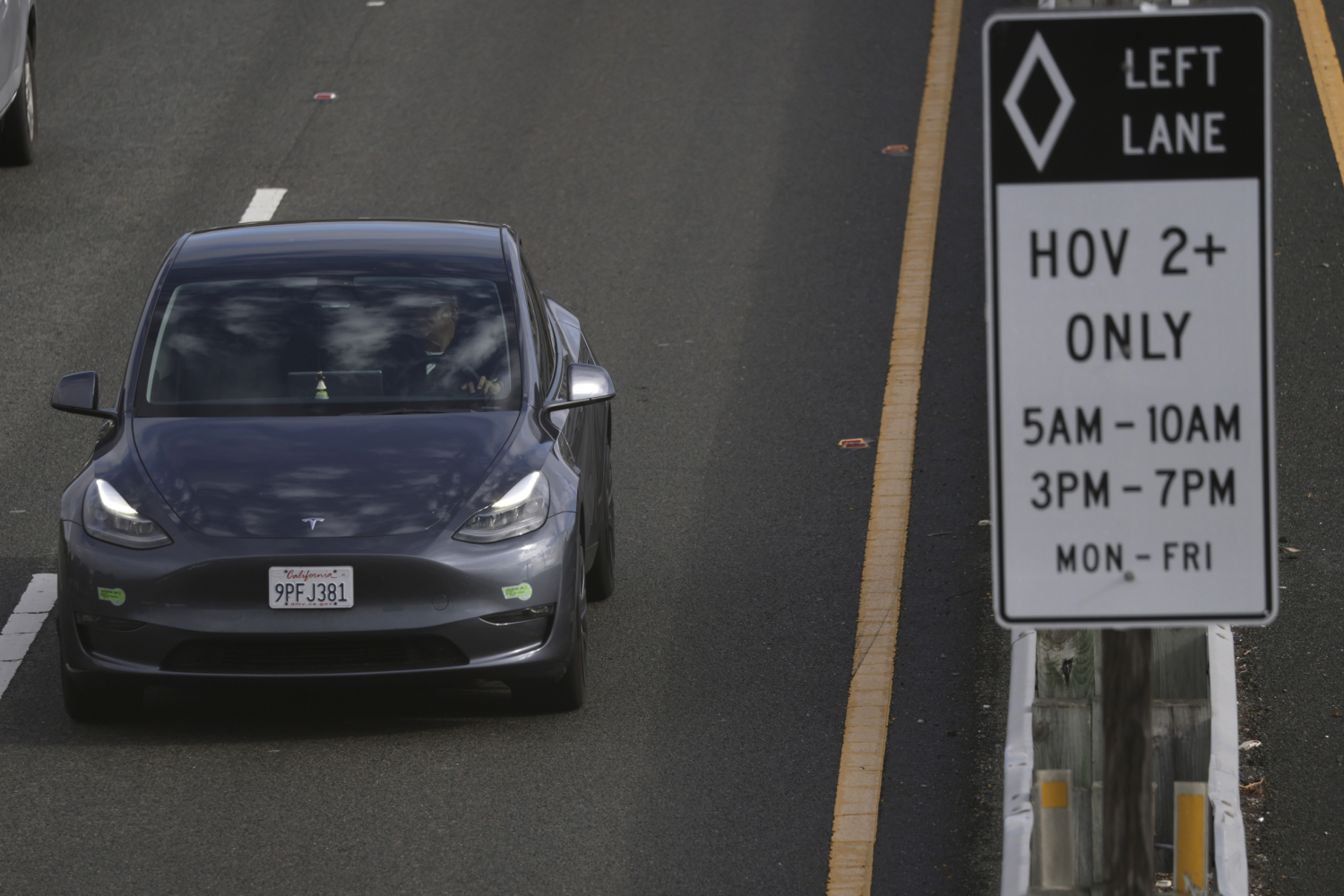SMITHFIELD, N.C. (AP) — The North Carolina man accused of killing four of his children after human remains were found inside the trunk of a vehicle at their home appears to have spread the slayings over several months, a sheriff said Wednesday.
Wellington Delano Dickens III, 38, was charged Tuesday with four counts of murder. The sheriff’s office said investigators believe Dickens killed three of his biological children, ages 6, 9 and 10, as well as his 18-year-old stepchild.
Dickens had contacted Johnston County 911 late Monday and said he had killed his children. He told deputies that arrived at his home on the outskirts of Zebulon — about 25 miles (40 kilometers) east of Raleigh — that four of his children were deceased and had been placed inside the vehicle parked in his garage, the Johnston County Sheriff’s Office said.
The arrest warrants filed against Dickens listed May 1 as the date of the killings. But Sheriff Steve Bizzell said at a news conference in nearby Smithfield on Wednesday that based on interviews investigators now believe the deaths were spread out over time.
Bizzell said Dickens killed his 6-year-old child in May, the 9-year-old in August, the 10-year-old in late August or early September, and the 18-year-old in September. The state medical examiner’s office is trying to determine how they died, he added.
Bizzell said he didn’t yet know why Dickens killed the children, “but as the sheriff, as a father and as a grandfather, I can stand here and say there’s no reason for a father to murder his children.”
In a 911 call recording obtained Wednesday by WRAL-TV, a man who identified himself as Wellington Dickens and giving the home’s address tells the dispatcher that he had killed his children.
“It’s a lot to explain, but in a nutshell it’s probably my fault … It’s my fault. It’s bad,” the man says, adding that he didn’t use knives or firearms.
“It started out as me over-disciplining — that’s it,” he says. “I beat on them sometimes. They didn’t want to eat, I didn’t force them to eat, I’ve told them it was a punishment not to eat. I did a bunch of different little things.”
Dickens remained held without bond after a Wednesday afternoon hearing on three of the counts, records show. He made his first court appearance Tuesday on the other murder count. Reached by phone, Michelle Moore, Dickens’ court-appointed attorney, declined to comment. Dickens’ next court appearance is Nov. 13.
Johnston County District Attorney Jason Waller said the investigation remains active and ongoing.
The deputies who responded to Dickens’ 911 call found his 3-year-old son alive inside the home, as Dickens had told them they would, authorities said. The sheriff’s office said the 3-year-old was unharmed.
The deputies discovered human bodies in the trunk and they appeared to have died some time ago, Bizzell said.
Dickens’ great uncle told a television station Tuesday that Dickens was an Iraq War veteran.
Some neighbors said Tuesday that they didn’t remember seeing the family, especially after Dickens’ wife, Stephanie Rae Jones Dickens, died in April 2024. Authorities had determined she died from complications from a miscarriage, and doctors ruled her death as natural, Bizzell said.
Asked how the children’s deaths were concealed for so long, sheriff’s Capt. Don Pate said the family members “were just very secluded” and that Dickens’ extended family was not welcome to visit.
“The neighbors said they never saw them come outside, and they were homeschooled, so they were just confined to the house,” Pate said.
Bizzell said deputies went to the same Zebulon home with emergency workers when Stephanie Dickens died last year. The sheriff said it was determined then that she had experienced excessive bleeding the night prior but refused to go for medical treatment.














